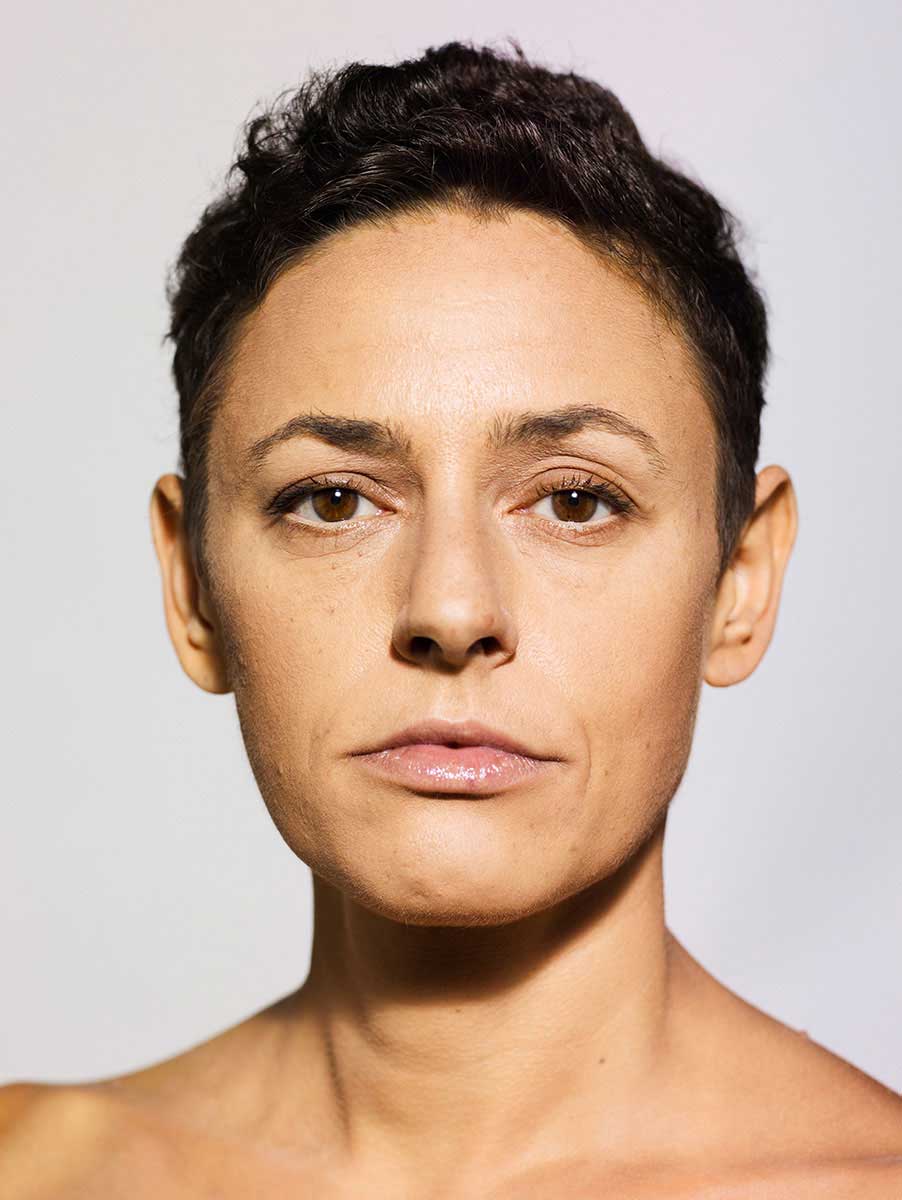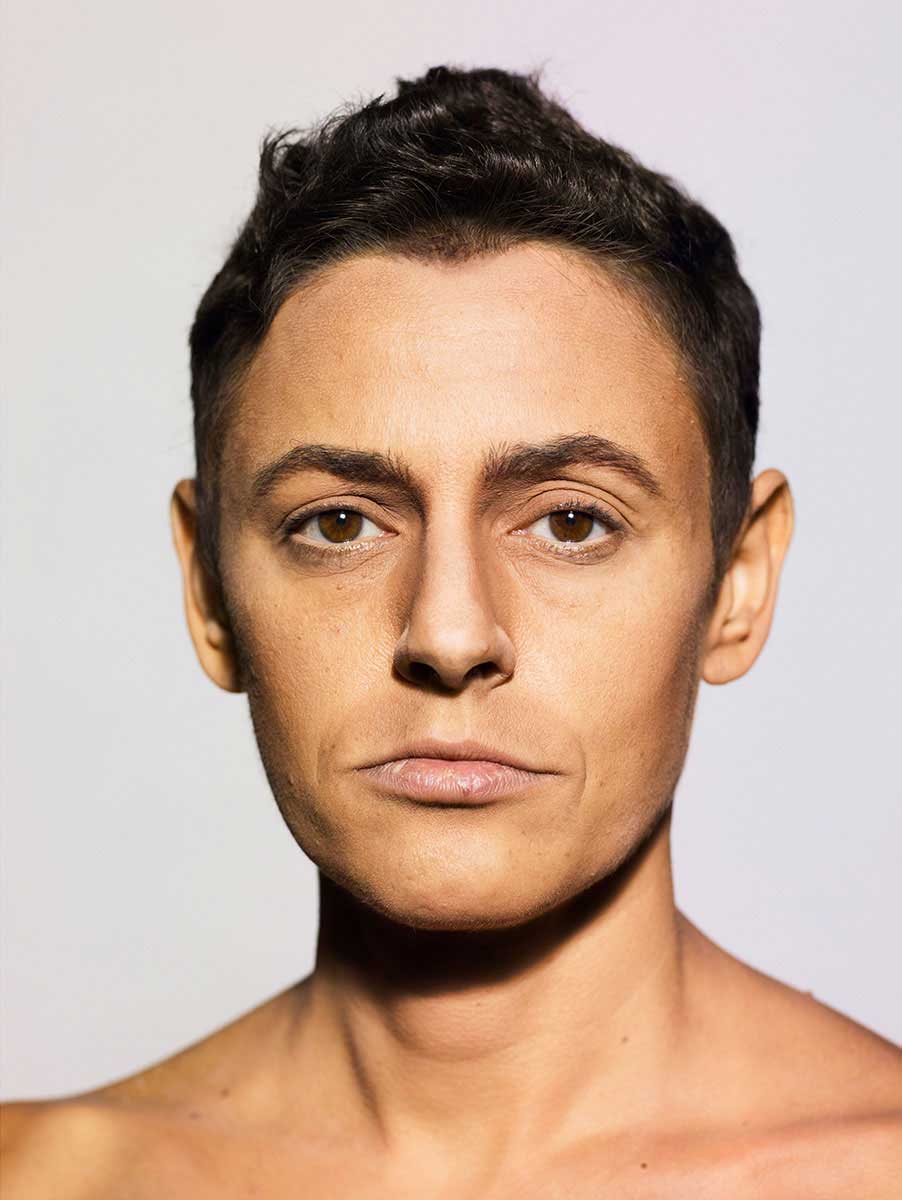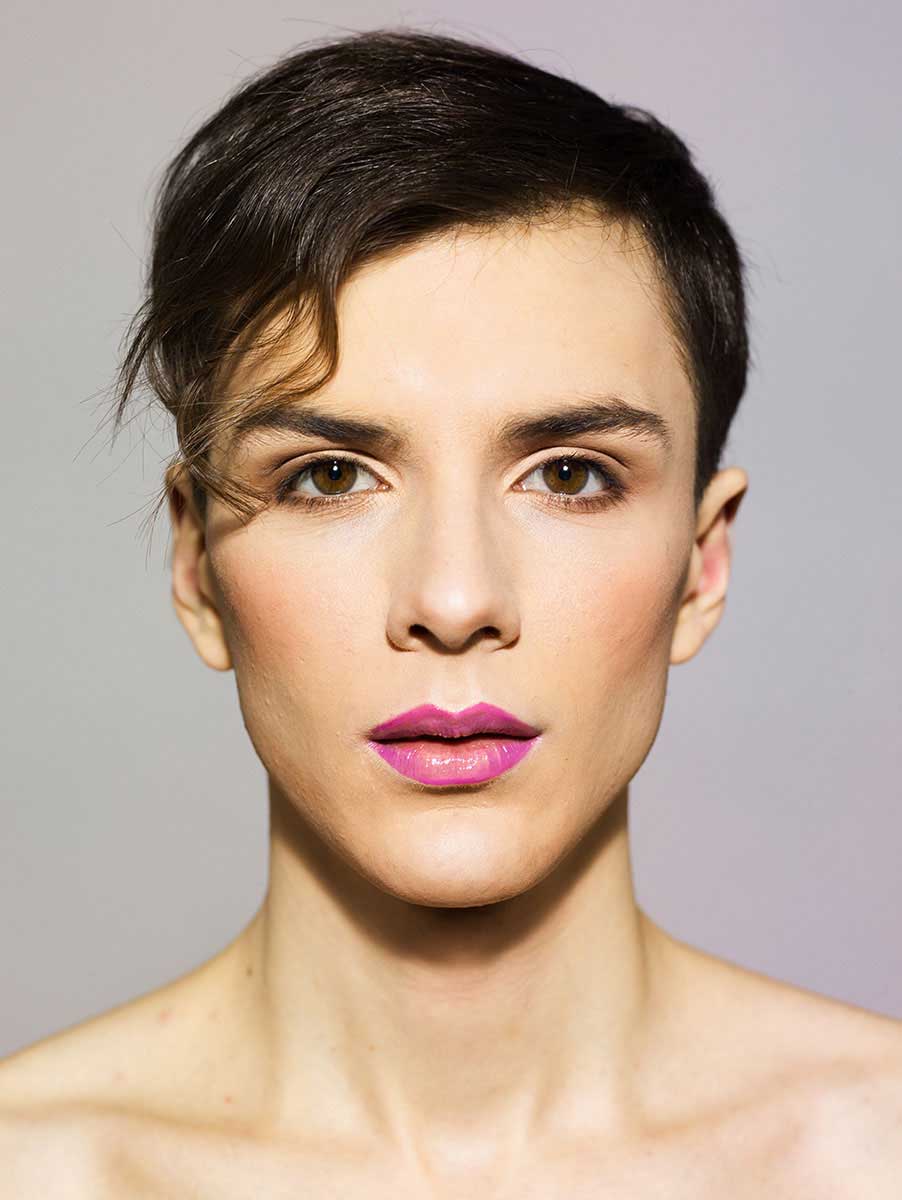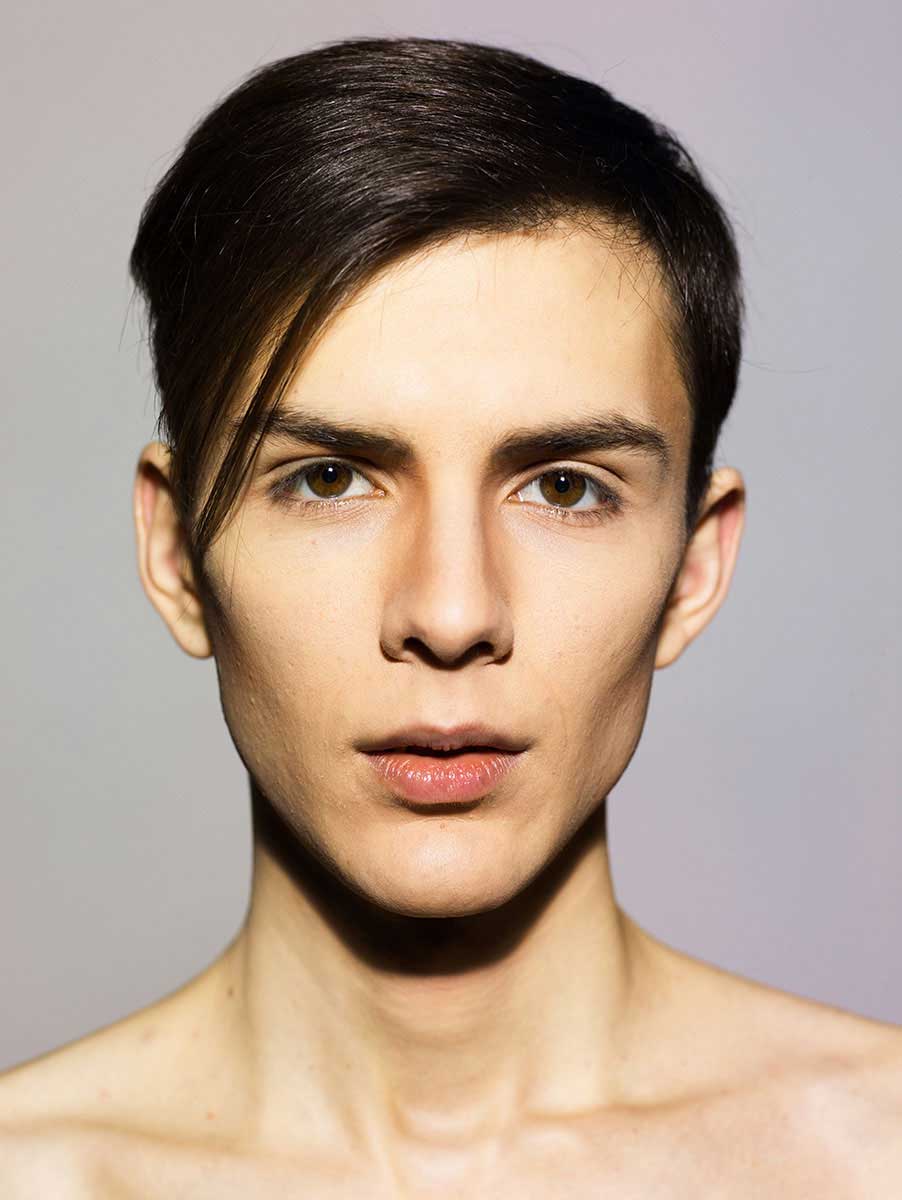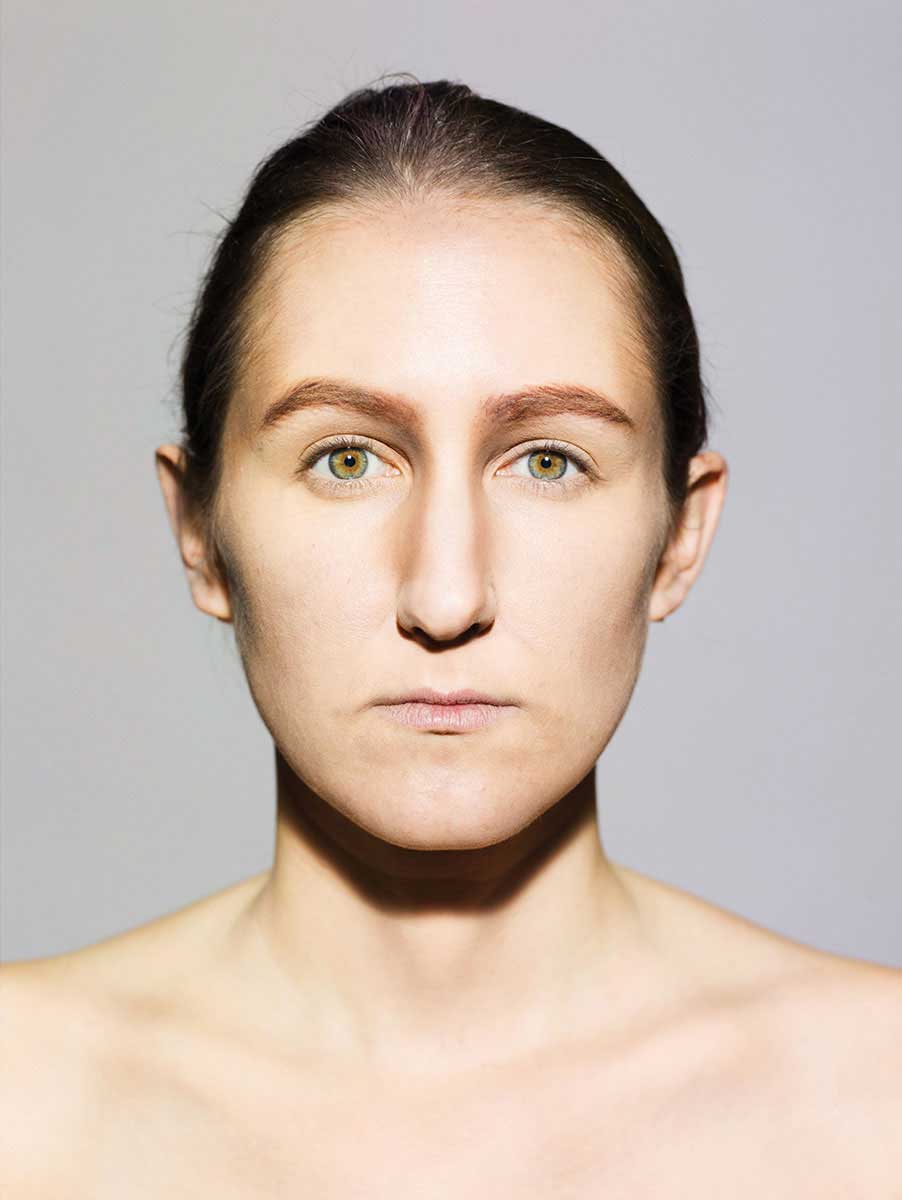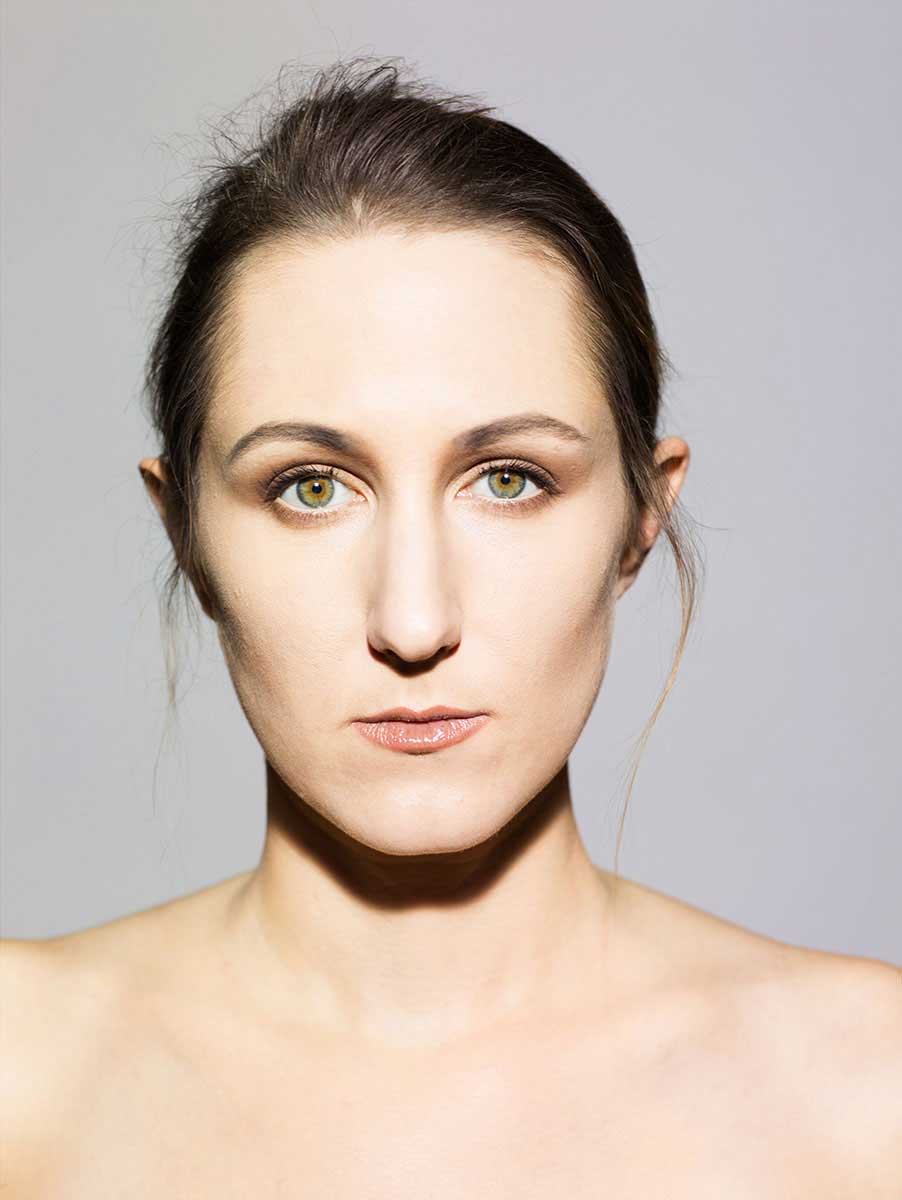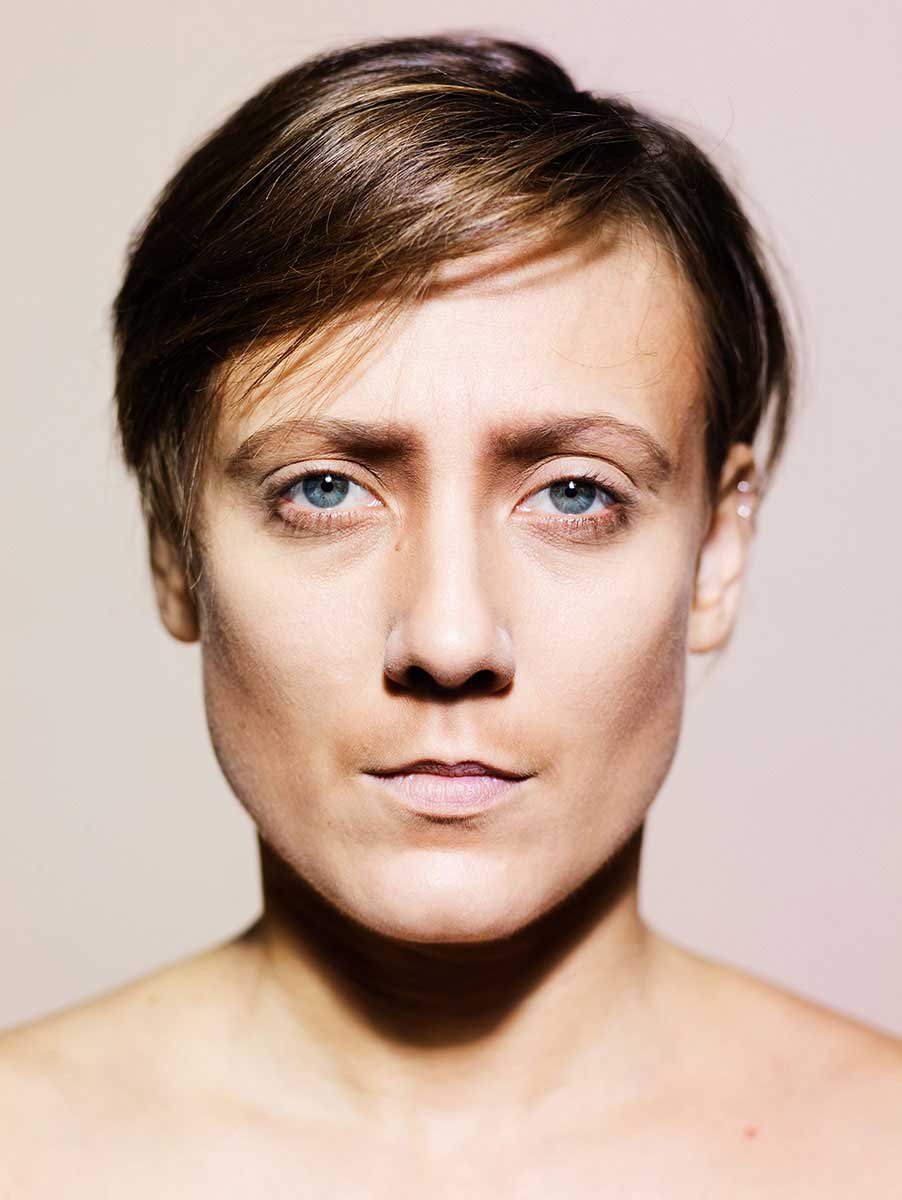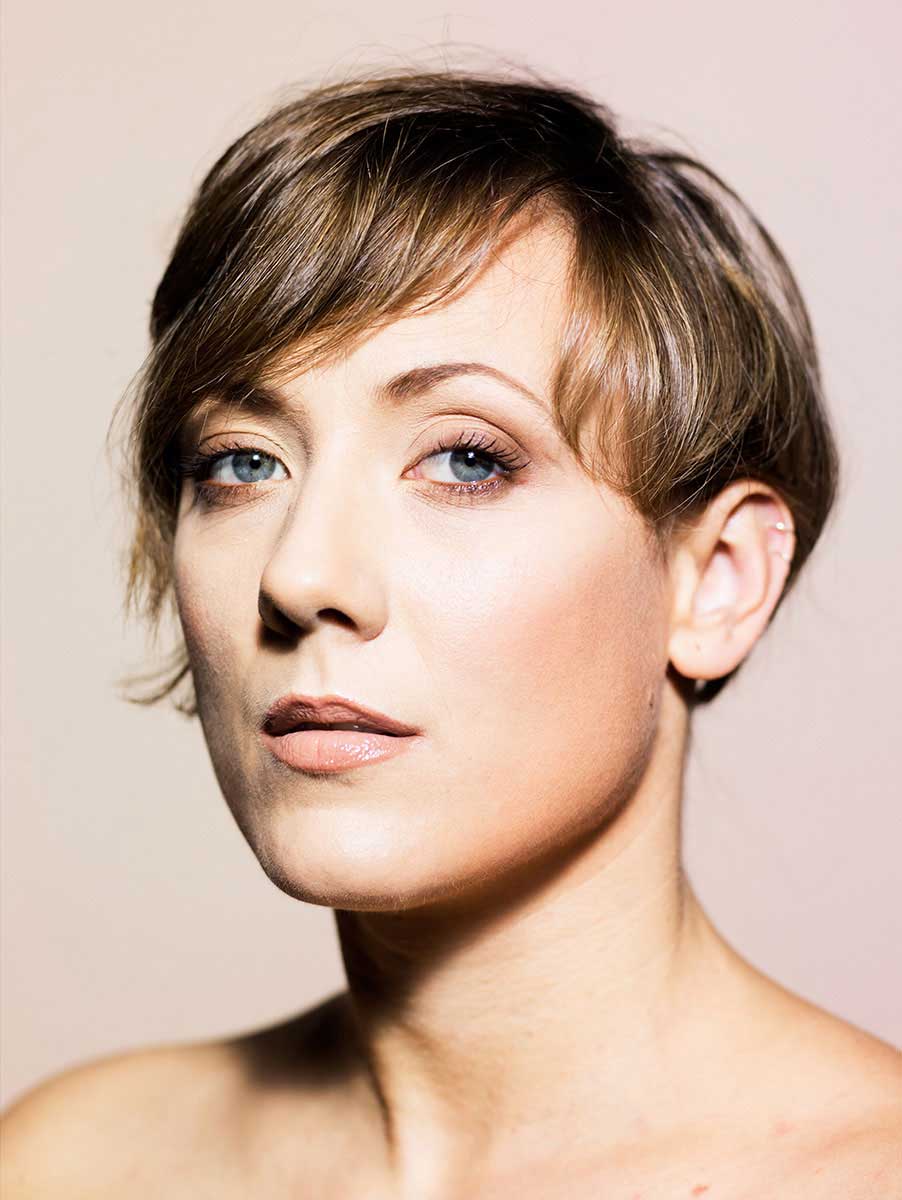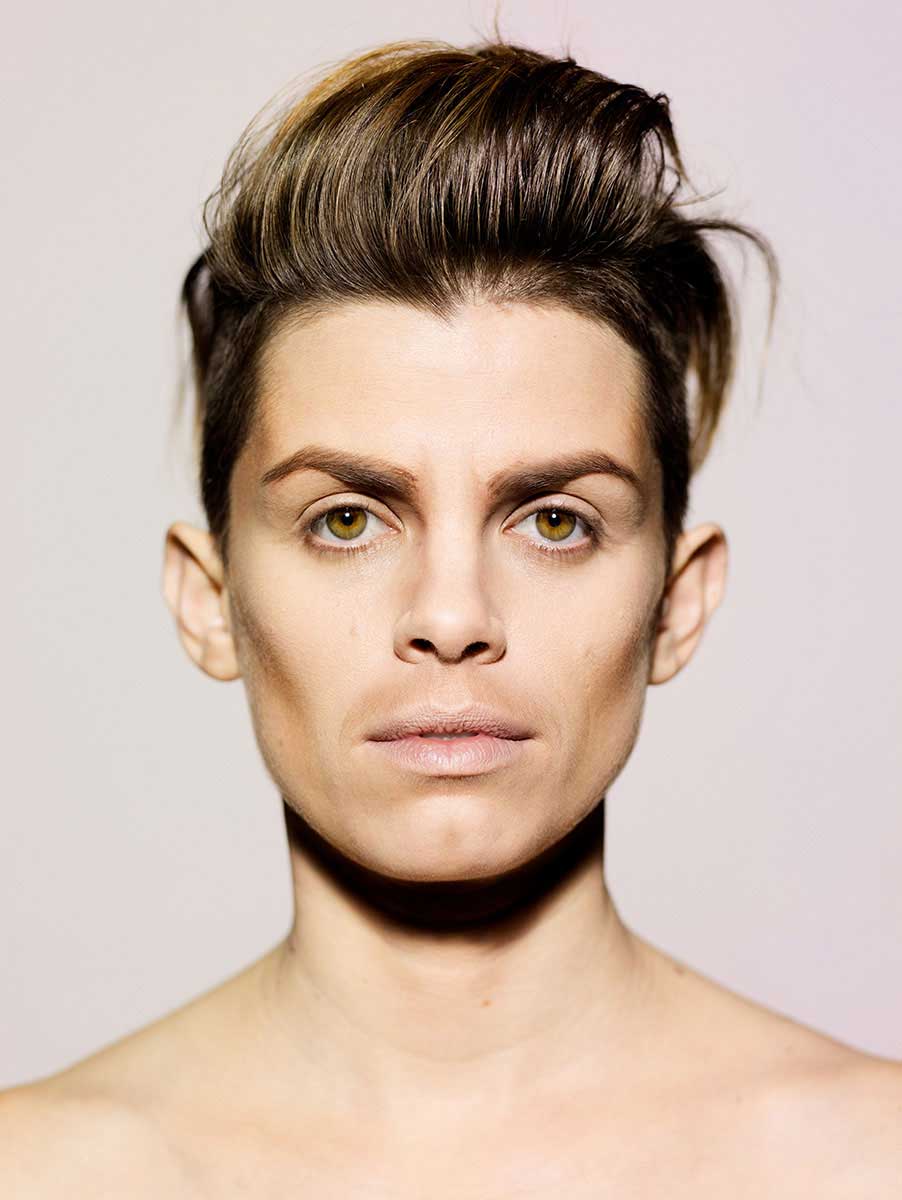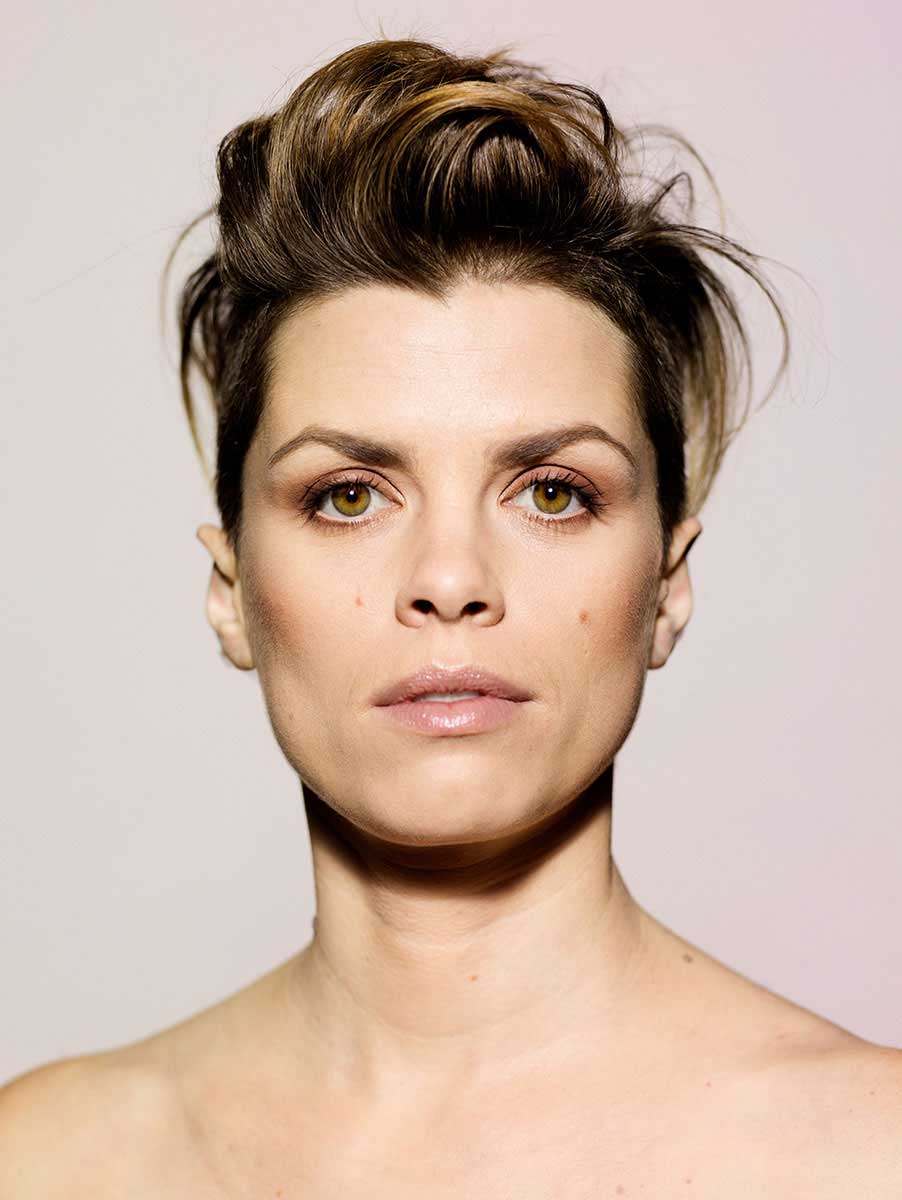Henkō is a Japanese word composed by the kanjis 変Hen, meaning “change” and 光Kō, meaning “variable/unusual light”.
In fact, more than a word, Henkō is a sound that bears a concept, that of a shifting light which transforms our perception of the objects that it illuminates. I felt what I was trying to do with my camera in this project was precisely that, to shed a different light on a complex subject matter, offering unusual perspectives on it.
If simple lighting and a skin-deep make over can get viewers to question their understanding of gender, may it be that the border between the feminine and the masculine is in fact hazier than we are led to believe? Rather than a rigid, arguably reassuring view of society, of humanity as a series of easy dichotomies: man/woman, hetero/gay, black/white, should we not just regard identity as a fluid concept?
The Henkō project started back in 2016, as the Italian Government approved a law to allow same-sex marriage in what remains a very Catholic country. I was troubled by the superficiality many on national media approached the topic of gender with, and in particular by the idea that the righteousness of love, of a family could supposedly only belong to a union between a man and a woman.
Then one lazy September afternoon, I happened to share my reflections on the concept of gender with makeup artist Lucia Santorso, a friend and talented collaborator. One thing led to another and before we could truly think the project through, we had our first model in front of us – a common friend whose androgynous looks helped us figure out what we actually wanted to do.
All props and backdrops were removed, as we felt the image’s message would be clearer and stronger without any distractions. In fact, we went further and got our model to disrobe, in an attempt to rid of all cliché the topic of gender. The choice of format – the traditional photographic portrait, combined in diptychs – and the directedness of an apparently bare, uncomplicated image effectively veil the profound complexity of the subject matter, and at the same time force the viewer to question the medium, and their ability to see through it.
Technically, I used a single light on both subject and background – which was neutral or matching the subject’s eye colour – while Lucia worked skilfully on the makeup. A part from some retouches to either soften or accentuate the models’ Adam’s apple, no image was photoshopped in postproduction, leaving only the lighting, the makeup and the subject’s facial expressions to convey the symbolic gender reassignment.
Our subjects were all friends and acquaintances, selected because some of their facial features looked to us transposable to the opposite gender. The challenge, working exclusively with non-professional models, was for the resulting images not to become a caricature, as we soon realised even minor changes in expression or pose could turn them into mockery. The portraits were then combined into diptychs according to purely aesthetic values and personal appeal.
Henkō is not intended to trick the viewer, only to insinuate a doubt, to get them to question preconceived ideas on gender, and the presumed veracity of even the most candid photographic image. [Official Website]




